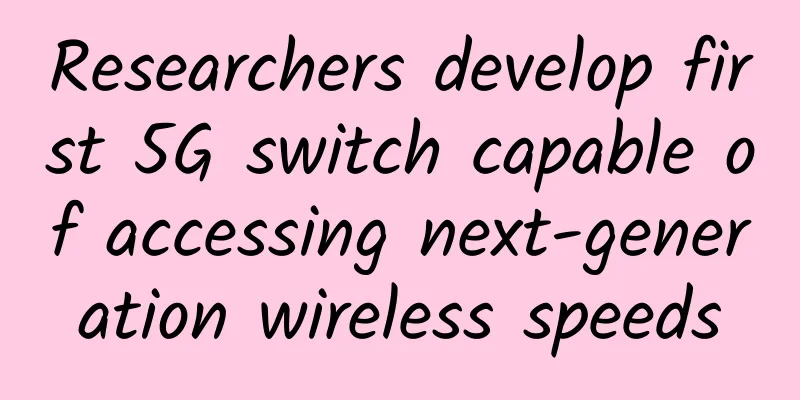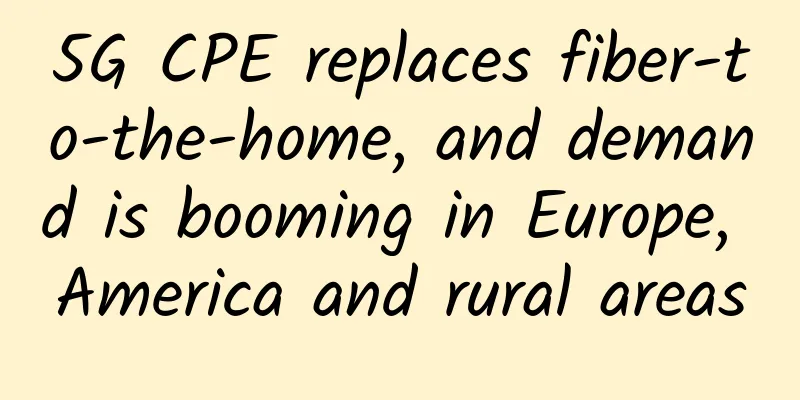Do you know the differences between different versions of HTTP protocol?
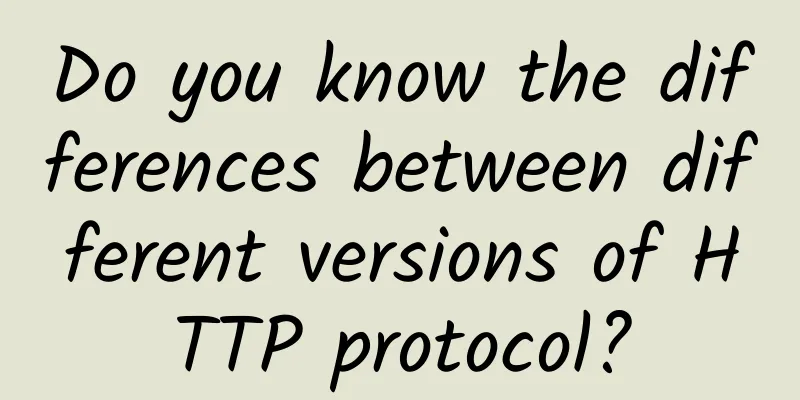
IntroductionThere are already multiple versions of the HTTP protocol. Generally, the websites we visit use either HTTP1.1 or HTTP2. What is the difference between them? Why don't all websites use the same protocol? VersionUp to now, IETF has released 5 HTTP protocols, including HTTP0.9, HTTP1.0, HTTP1.1, HTTP2, and HTTP3. Here are the differences between the versions: HTTP0.9Released in 1991, it has no headers, is very simple in functionality, and only supports GET. HTTP1.0Released in 1996, it has poor plaintext transmission security and a very large header. It has the following enhancements compared to 0.9:
Disadvantage: A new TCP connection is created each time a resource is requested HTTP1.1Released in 1997, it is the most widely used version now. It has the following enhancements compared to 1.0:
Updated in 2014:
Disadvantages: It is still a text protocol, and both the client and the server need to use the CPU to decompress it. HTTP2Released in 2015, it mainly improves security and performance. Its enhancements compared to 1.1 include:
Disadvantages: Based on TCP transmission, there will be head-of-line blocking problems (packet loss stops window sliding), TCP will retransmit lost packets, TCP handshake delay is long, and the protocol is rigid. HTTP3Released in 2018, based on Google's QUIC, the underlying layer uses the udp code tcp protocol. This solves the head-of-line blocking problem, and there is no need for handshakes. The performance is greatly improved, and TLS encryption is used by default. |
>>: How many people are using invalid 5G? The price has doubled, and the experience has become worse
Recommend
IPv6 conversion service - rapid business support for IPv6 practice
What is IPv6 conversion service? IPv6 Translation...
The importance of China building 5G networks ahead of the United States
China may build a 5G network before the United St...
Ministry of Industry and Information Technology: Local governments should work harder on 5G applications
"Although various regions are now making gre...
5G is here, and these threats are lurking...
5G is coming, and it will be possible to experien...
Three lives and all things go hand in hand with wisdom | Beijing Unicom and Huawei jointly release the results of 5G Capital innovation project
[Shanghai, China, November 12, 2020] During the 2...
165 million! China Mobile’s 5G user number announced, is 4G really outdated?
[[377452]] On January 20, China Mobile announced ...
What is 6G? It may appear in 2030, crushing 5G without any pressure
5G has already been deployed, so what about 6G? W...
Can the heavy fine on Alibaba serve as a wake-up call for the Internet giant?
The State Administration for Market Regulation ha...
Is your home router safe? Tests on 18 routers tell you...
Fearing Wi-Fi radiation, parents asked schools to...
Traditional Networks vs. IoT Networks: What’s the Difference?
IoT provides businesses with greater visibility, ...
Common ways to manage networks through AIOps
NetOps teams in enterprises are faced with the ch...
[New Year's Day] RackNerd: $11.49/year-1GB/21G SSD/1.5TB@1Gpbs/San Jose & Los Angeles & Seattle data centers
RackNerd recently launched the New Year 2024 spec...
Is the United States blocking Huawei, or the entire future of 5G?
[[349279]] The United States is creating obstacle...
5G is the new infrastructure, but it also faces practical problems
Labs Guide When we browse Moments and watch video...
United Nations: Food crisis is approaching China: Smart agriculture can protect against the crisis
Entering 2020, the term "food crisis" s...

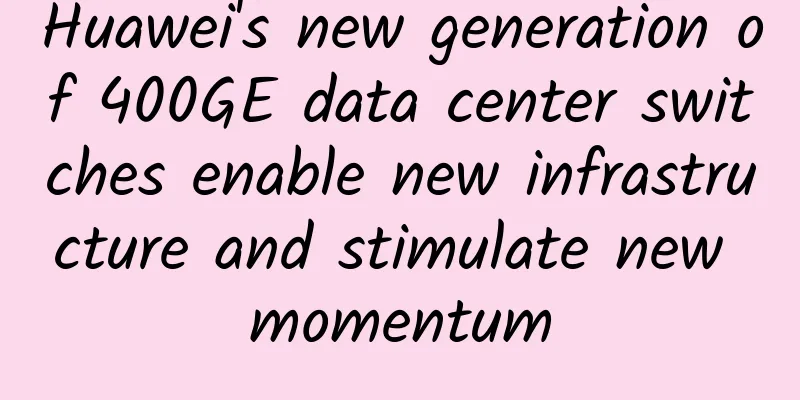


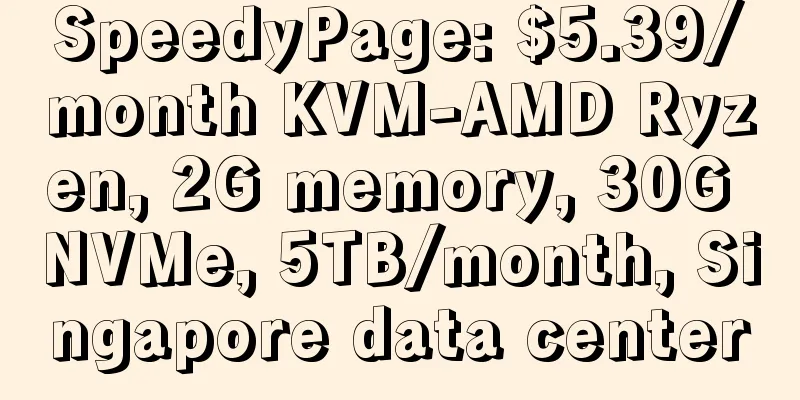
![[Sharing] Project Practice of Network Automation: Scenarios, Tools and Solutions](/upload/images/67eba49a0bb8a.webp)

